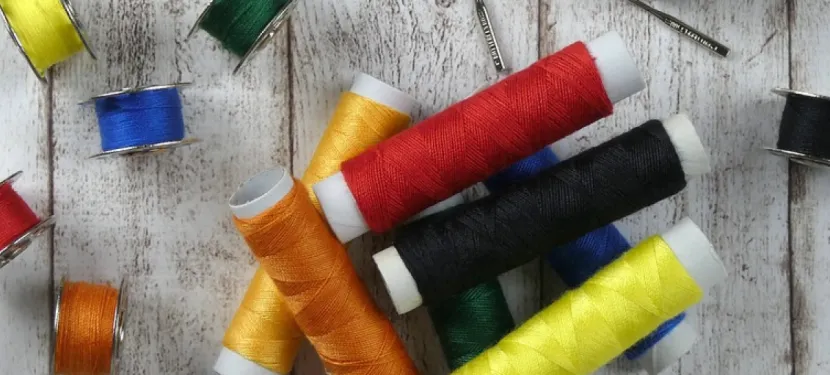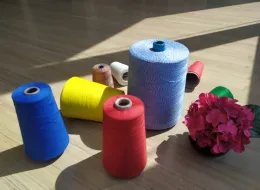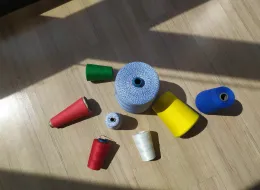News

Industrial Sewing Thread with the Best Quality
Bag material in circulation today uses the term D, which is the Linear in the code. What exactly is Dinier? The term intier is actually taken from the term coin which was used in the country of France in medieval times. In the middle east it is usually called a dinar. In ancient times 9000 meters of silk thread was equivalent to the weight of 1 denier coin.
Then what to do with fabric? Actually, in the past, the calculation was the equation of weight between 9000 meters of yarn with the number of denier coins. For example denier 300 means 9000m of yarn is equivalent to 300 coins. The more denier the heavier the fabric is, the thicker it becomes.
Can the code still be used? For the time being, this is actually less relevant, because the use of the filament / fabric constituent yarn is very diverse and has different strengths. For example nylon thread has a lighter weight than polyester but has a higher strength.
So what should I consider choosing the material for the bag?
First, you should choose the characteristics of the yarn used for the fabric. Nylon thread is rigid, strong and shiny but not strong against heat. Polyester yarns are rough, not shiny and more heat resistant.
Second, pay attention to the type of fabric you want, nylon fabric is usually thin with a slippery texture. Polyester fabrics are usually thicker to increase strength and also feel rough. Many polyester fabrics are also added by a layer of PVC so that it is stronger, impermeable to water and also thicker.
Third, if you choose a polyester yarn, determine the level of thickness of the fabric called the denier. The higher the Denier value the thicker the fabric. At present the highest denier value is denier 1800 and the lowest denier is 300.
Then what to do with fabric? Actually, in the past, the calculation was the equation of weight between 9000 meters of yarn with the number of denier coins. For example denier 300 means 9000m of yarn is equivalent to 300 coins. The more denier the heavier the fabric is, the thicker it becomes.
Can the code still be used? For the time being, this is actually less relevant, because the use of the filament / fabric constituent yarn is very diverse and has different strengths. For example nylon thread has a lighter weight than polyester but has a higher strength.
So what should I consider choosing the material for the bag?
First, you should choose the characteristics of the yarn used for the fabric. Nylon thread is rigid, strong and shiny but not strong against heat. Polyester yarns are rough, not shiny and more heat resistant.
Second, pay attention to the type of fabric you want, nylon fabric is usually thin with a slippery texture. Polyester fabrics are usually thicker to increase strength and also feel rough. Many polyester fabrics are also added by a layer of PVC so that it is stronger, impermeable to water and also thicker.
Third, if you choose a polyester yarn, determine the level of thickness of the fabric called the denier. The higher the Denier value the thicker the fabric. At present the highest denier value is denier 1800 and the lowest denier is 300.



